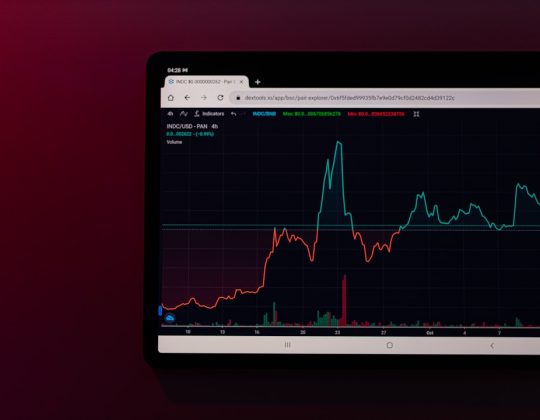Your website is the digital face of your business, and its performance largely depends on the quality of your hosting provider. As we move into 2025, the expectations for speed, security, and uptime are higher than ever. If your current hosting provider isn’t keeping up, it might be time to make a change.
1. Slow Website Performance
A slow-loading website not only frustrates users but also negatively impacts your search engine ranking. According to recent studies, a delay of even one second can reduce page views by 11% and conversions by 7%. If your site continually takes more than three seconds to load, your hosting provider could be the culprit.

Look for modern hosting solutions that use SSD storage, employ advanced caching, and offer Content Delivery Networks (CDNs) as standard features.
2. Frequent Downtime
One of the most critical signs that it’s time to switch is frequent or unexplained downtime. Your website should be available 24/7. If you’re experiencing outages more than once a month, it’s impacting your users and damaging your credibility. Even minor downtimes can cost potential sales and lead to SEO penalties.
Check if your hosting provider offers a 99.9% uptime guarantee. Anything less should raise a red flag.
3. Lack of Customer Support
Excellent customer support is essential, especially when emergencies arise. If it takes a long time to get in touch with your provider, or if the support staff is unhelpful or hard to understand, that’s a clear sign it’s time to move on.
- 24/7 support should be non-negotiable
- Look for providers with live chat, phone, and email support
- Check online reviews to assess response times and issue resolutions
4. Outdated Security Features
Cybersecurity is a growing concern in 2025. Your hosting provider should offer robust security features such as daily backups, firewalls, malware scanning, and free SSL certificates. If your host lacks any of these, your website and data could be vulnerable to attacks.

Not sure if your provider is secure enough? Ask them:
- How often do you back up websites?
- Do you offer DDoS protection?
- Are SSL certificates included in my plan?
5. Hidden Costs and Unclear Pricing
If your bills are rising unexpectedly, or you’re being charged for things that should be included—like SSL certificates or backups—it might be time to evaluate your options. Transparent pricing is a sign of a trustworthy provider. Hidden fees for bandwidth, storage, or customer support can really add up over time.
Tip: Always read the fine print and compare different hosting packages before committing.
6. Lack of Scalability
As your business grows, so will your website’s traffic and demand. If your current hosting provider can’t handle spikes in traffic without crashing, or if upgrading plans is complex and expensive, they may not support your future growth.
Modern hosting providers offer scalable solutions like cloud hosting or VPS (Virtual Private Servers) that allow you to grow seamlessly.
7. Poor User Interface and Dashboard
A confusing or outdated dashboard can make simple tasks like setting up emails or installing a CMS unnecessarily difficult. In 2025, usability is key. Look for a provider that offers an intuitive, user-friendly control panel with one-click installations for platforms like WordPress, Joomla, or Drupal.
8. Bad Reviews and Reputation
Sometimes, the best insight comes from other users. Take some time to read reviews on third-party websites or forums. Recurring complaints about downtime, poor customer service, or pricing discrepancies are tell-tale signs you should not ignore.
Final Thoughts
Choosing the right hosting provider is crucial for the success of your website. If your current provider shows any of these signs—slow speeds, poor support, frequent downtime, outdated tech—it may be time for a change.
In 2025, excellence in hosting is not optional; it’s essential. Take the time to evaluate your provider and consider switching to one that offers the performance, support, and features your business deserves.







